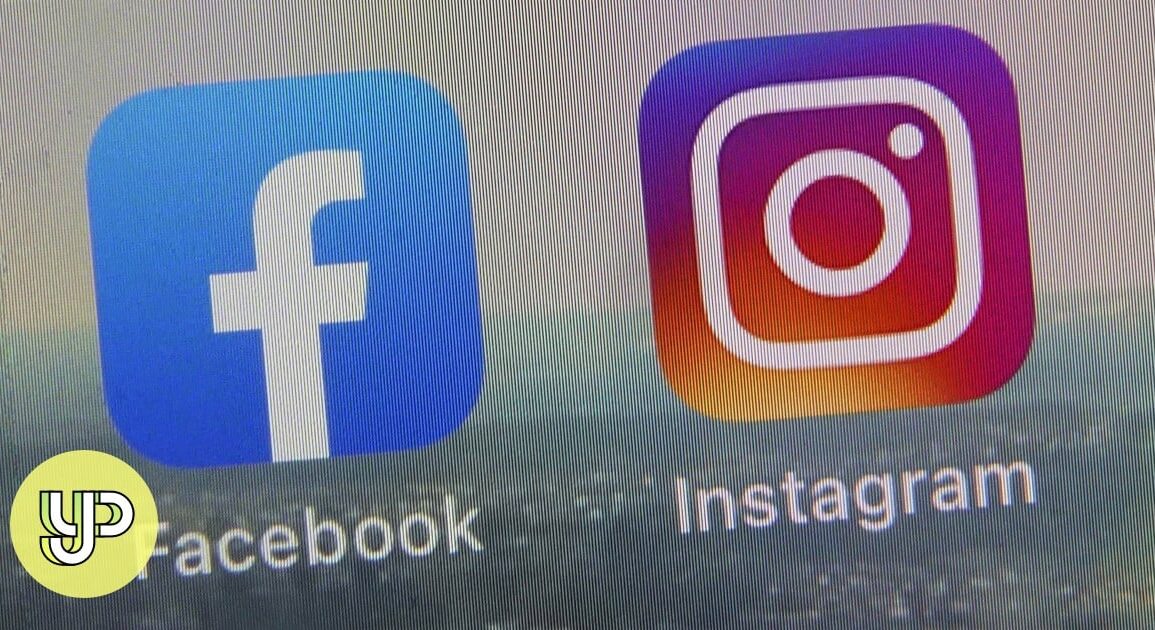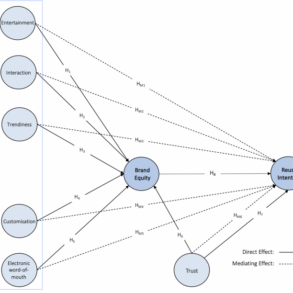
Each week, two readers discuss a hot topic in a parliamentary-style debate that doesn’t necessarily reflect their personal viewpoints.
If you are interested in joining future Face Off debates, fill out this form to submit your application.
Cadence Kwok attends Marymount Secondary School. Photo: Handout
Have you ever encountered good-natured, caring teachers throughout your school days? They are dedicated to helping every student reach their maximum potential in their subject or have dozens of jokes guaranteeing tons of laughter.
I’m sure we’ve all met a good teacher or two and hoped to stay in contact with them. Yet, the connections formed dissolve and disintegrate after wistful goodbyes.
This is where social media comes in: as a bridge, it brings you closer together again and keeps the much-treasured friendships intact.
One obvious benefit is that the student and teacher can keep in touch and be updated on each other’s lives. Apps like Instagram enable direct messaging and viewing each other’s stories. Without obtaining their phone numbers or sending emails back and forth, it is far easier to have a conversation via direct messaging on social media.
By looking at their students’ stories and posts, teachers can also be aware of what they are currently doing. The heartwarming image of your student blossoming into a mature, independent individual chasing their dreams honestly reassures every teacher.
Students can also keep up with their teachers. A random story update of them sipping on a decadent hot chocolate at a local cafe or a post of them on vacation can make for great conversation starters.
Should school start at a later time?
Allowing students to follow their accounts is also useful when sudden situations require teacher intervention.
It is essential to respect teachers’ boundaries and avoid approaching them for non-urgent academic queries outside school, but guidance may be necessary in some circumstances.
Despite the possible infringement of privacy and intrusion upon their personal lives, teachers can quickly eliminate these problems by adopting a dual account approach.
One account can be public for students to follow freely, while the other can remain private. The public account may include student-relevant content and can be used for convenient contact.
This helps students feel personally connected to their teachers at all times.
Against: Crystal Cen, 16, Hong Kong Adventist Academy
Crystal Cen attends Hong Kong Adventist Academy. Photo: Handout
Social media can be a great platform to foster meaningful connections and bridge individuals from different settings. However, boundaries should remain in place when bonding through the internet.
Technology can make networking convenient between teachers and students by showcasing each other’s daily lives.
However, this can create a blurred relationship that preludes an inappropriate one. There should be a line between personal and professional relationships; when a student and teacher get too intimate with one another, it may result in unbalanced treatment during school.
The Education Bureau’s 2022 “Guidelines on Teachers’ Professional Conduct” states that teachers should “maintain an appropriate teacher-student relationship and communicate with students with appropriate means and manner”.
Social media is usually a place to show one’s interests or daily activities. Students who follow their teachers’ accounts can access their activities, revealing personal moments and creating a “grey zone” relationship. It is impossible to keep one’s account completely neutral and ambiguous. Hence, communication within social media often appears to be intimate.
Readers debate whether kids and teens should have their own bank accounts
The above guidelines also state that teachers should “use and manage social media platforms carefully and properly, and be responsible for the messages one disseminates and forwards on social media platforms”.
This means that should teachers allow their students to follow them on their accounts, they must be alert to keep the content appropriate – and teenagers’ perceptions of appropriateness differ from adults.
Sometimes, a particular picture or comment can be interpreted differently. This creates unnecessary fuss and a potential for an intrusive relationship.
If students can message their teachers through social media, this opens the door for further chatting – sometimes on topics outside school work. This disrupts the teacher’s work-life balance and allows the student to intrude on the teacher’s personal space.
If students follow teachers on social media to communicate with them on topics regarding course questions, they can instead use communication platforms made for educational purposes. This will prevent unprofessional relationships.








